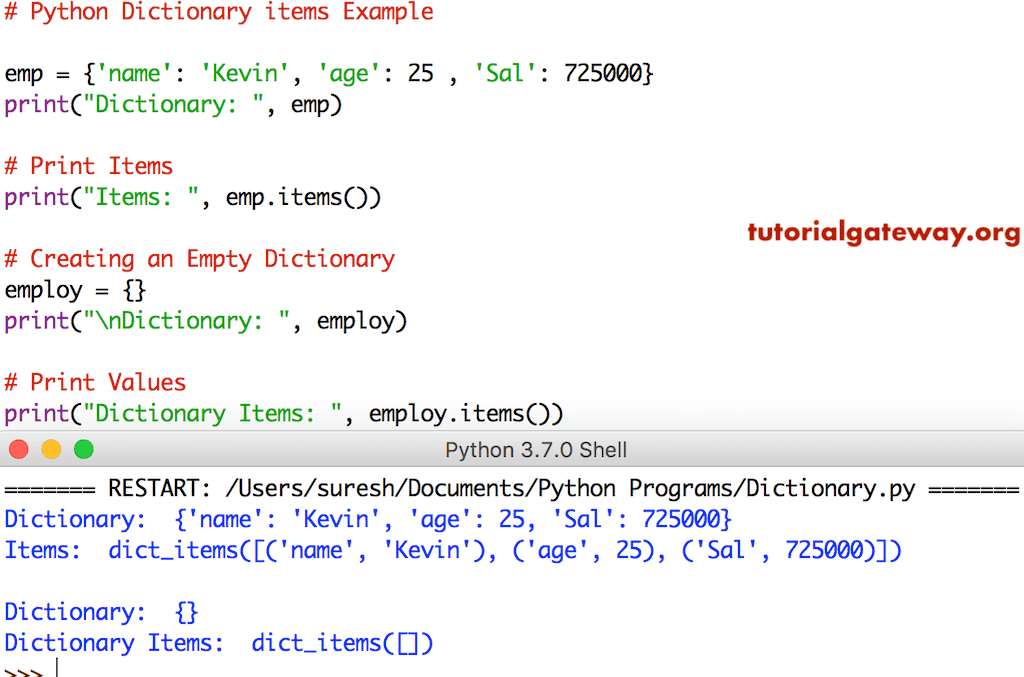
$$str\_to\_int(s) = s \times base ^ = load\_factor$$įor more elaborate proofs, consult a textbook. So the integer value of a string of length \(n\) is calculated like this: For example, we can convert a string to an integer if we interpret the characters of the string as digits in a certain base. And this is exactly what we need! To hash other data types, we first convert them to integers. To map (or hash) integer keys, we use a hash function of the form h(key) = key % number_of_buckets. We now show one simple way to construct a hash function for hash tables. Generally speaking, a hash function is any function that maps arbitrary-size data to fixed-size values, so you may hear this term in other contexts as well. A function that maps keys to buckets is called a hash function. Instead of speaking about the mapping between keys and indices, we often speak about the mapping between keys and buckets. The main idea of a hash table is to map each key to an array index and then use this index to quickly locate the corresponding (key, value) pair.Įach position in a hash table is called a bucket. A nice fact about arrays is that we can access the i-th element of an array in constant time. In its essence, a hash table is an array of (key, value) pairs. To see what it means, let's discuss how hash tables work. Hash tables are a popular choice because they exhibit excellent average-case performance. The difference between them is that they have different performance characteristics. Any of these data structures will do the job. A dictionary can also be implemented as a sorted array or as a search tree. For example, we can store the (key, value) pairs in a linked list and do a linear search to look them up. We can, however, use other data structures to implement dictionaries as well.
#Dictionaries python update#
I'll try to keep track of important changes and add update notes. Some implementation details will certainly change as CPython evolves. Note: In this post I'm referring to CPython 3.9. In the second part, we'll focus on the specifics of CPython's implementation and finally see how Python dictionaries work behind the scenes. In the first part of this post, we'll design a simple fully-functional hash table, discuss its capabilities and limitations and outline a general approach to design a hash table that works well in practice. But understanding all the aspects of hash table design can be hard, and CPython's implementation is especially sophisticated, so we'll approach this topic gradually. The goal of this post is to learn how CPython implements hash tables. And new, better designs are constantly being developed. There are different hash table designs that vary in complexity and performance. Yet, implementing a practical hash table is not a trivial task. The idea behind it is very simple and widely known. A hash table is a fundamental data structure. You probably know why this is the case: Python dictionaries are hash tables. What makes a dictionary appealing is that lookups and other dictionary operations are fast and that they remain fast even as we add more and more elements to the dictionary. CPython does a dictionary lookup every time you access an object attribute or a class variable, and accessing a global or built-in variable also involves a dictionary lookup if the result is not cached.

Another reason is that the interpreter uses them internally to run Python code.


Of course they are important because programmers use them a lot, but that's not the only reason. Python dictionaries are an extremely important part of Python.

Tags: Python behind the scenes Python CPython


 0 kommentar(er)
0 kommentar(er)
